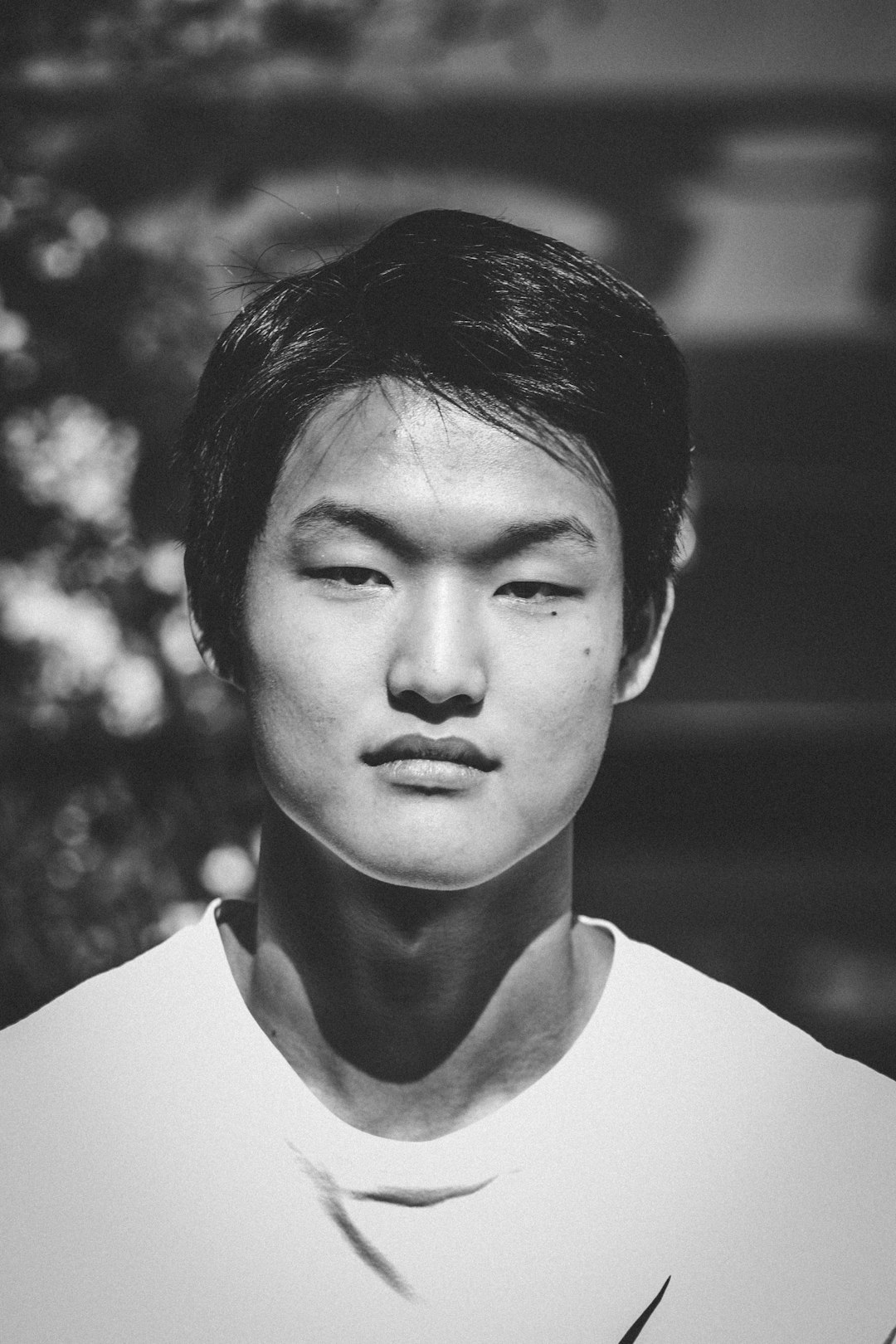**Meta Title:** Why Asian Faces are Hard to Recreate in CG: Hideo Kojima’s Insights on Representation in Gaming
**Meta Description:** Learn why renowned game designer Hideo Kojima rarely features Japanese actors in his games. Discover the challenges of accurately recreating Asian faces in computer-generated imagery (CG) and what it means for representation in the gaming industry.
## The Challenges of Accurate Face Rendering
When it comes to creating realistic digital characters, accuracy is key. However, when those characters are from different ethnic backgrounds, the stakes become even higher. Renowned game designer Hideo Kojima recently shared his thoughts on why Asian faces are particularly difficult to recreate accurately in computer-generated imagery (CG). In a Reddit post titled “It’s Really Hard to Recreate Asian Faces Accurately in CG,” Kojima shed light on the complexities of representing Asian characters in games.
According to Kojima, one of the primary challenges is the sheer diversity of Asian faces. With over 4 billion people spread across the continent, there are countless variations in facial structure, skin tone, and eye shape. This makes it difficult for artists and designers to create a single, representative model that accurately captures the essence of an Asian face.
## The Importance of Representation
In recent years, there has been a growing push for greater representation in the gaming industry. From more diverse character designs to inclusive storylines, gamers are demanding more accurate and respectful portrayals of different cultures and ethnicities. However, when it comes to Asian faces, the challenges are particularly daunting.
As Kojima noted, there is a lack of Asian actors and actresses featured prominently in games. This lack of representation can be attributed to a range of factors, from limited casting opportunities to cultural biases that prioritize Western characters. However, by acknowledging these challenges and working to overcome them, game developers can take steps towards creating more inclusive and diverse gaming experiences.
## The Role of CG in Representation
Computer-generated imagery (CG) has become an essential tool for game development, allowing artists to create realistic digital environments, characters, and effects. However, the use of CG also presents its own set of challenges when it comes to accurately representing Asian faces.
According to Kojima, one of the main issues is the limited availability of high-quality reference images for Asian faces. This can make it difficult for artists to accurately capture the subtleties of facial expressions and features, leading to a lack of authenticity in digital representations.
## Conclusion: The Power of Representation
When it comes to creating more inclusive and diverse gaming experiences, representation is key. By acknowledging the challenges of recreating Asian faces accurately and working to overcome them, game developers can take steps towards creating more authentic and respectful portrayals of different cultures and ethnicities.
As Kojima noted, the lack of Asian actors and actresses featured prominently in games is a symptom of larger cultural biases that prioritize Western characters. By recognizing these biases and working to overcome them, we can create a more inclusive gaming industry that truly reflects the diversity of our global community.
**Call to Action:** Join the conversation on representation in gaming by sharing your thoughts and insights in the comments below. Together, let’s work towards creating a more inclusive and diverse gaming industry that celebrates the beauty of Asian faces and cultures.
